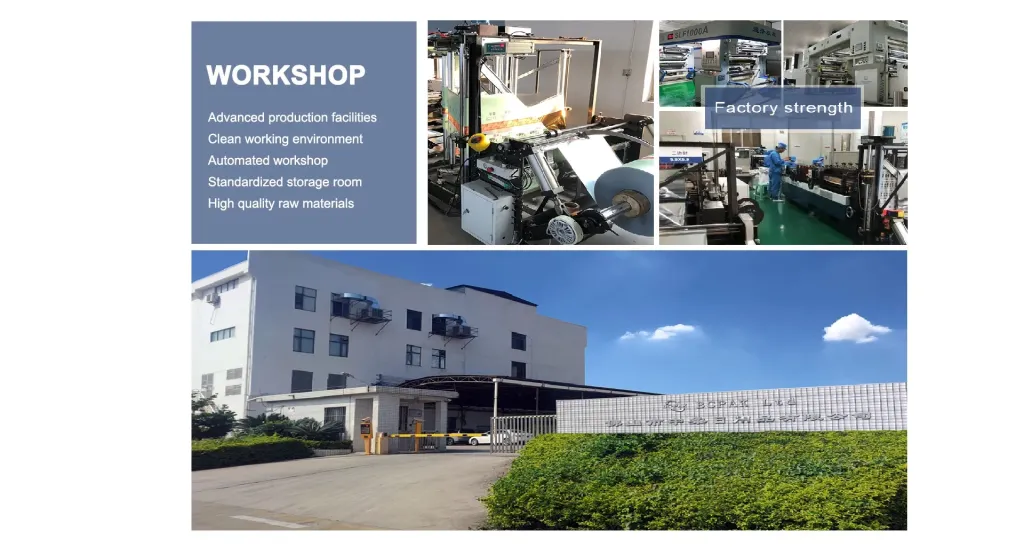Elbow plumbing fittings are an essential component of any plumbing system, offering versatility and reliability in directing fluid flow. These components are specifically designed to change the direction of the piping, making them crucial for navigating around obstacles, accommodating the layout of a space, or fulfilling specific engineering requirements.

Understanding Elbow Plumbing Fittings
Elbow fittings are categorized by their angle and the materials they are made from. The most common angles are 45 and 90 degrees, but other configurations exist, such as 22.5 and 60 degrees, for specialized needs. Materials vary and include common options like PVC, copper, brass, and stainless steel. Each material has its specific uses, borne from its unique properties. For instance, copper elbows are often preferred for high-temperature applications due to their heat resistance, while PVC elbows are used in systems where corrosion could be an issue.

Application Versatility and Selection
The choice of an elbow fitting should align with the specific needs of the plumbing system. For residential plumbing, 90-degree PVC elbows are prevalent because of their ease of installation and resistance to corrosion, making them ideal for connecting pipes in a household water system. Industrial applications, often requiring greater durability, might favor steel or brass elbows for their resilience under high pressure.
A particularly noteworthy benefit of elbow fittings is their ability to facilitate the redirection of piping without the need for additional joints, which can reduce the potential for leaks. This capability makes them invaluable in complex systems where reliability is paramount.
Installation and Expertise
Proper installation of elbow plumbing fittings requires precision and expertise. A skilled plumber will ensure that the fitting is correctly aligned and securely attached to avoid leakage. Depending on the type and material of the elbow, methods for attachment may include soldering (commonly used with copper), threading (for certain metals like galvanized steel), or the use of adhesives (for PVC or other plastics).
Incorrect installation can lead to system inefficiencies or even failures, underscoring the importance of professional training and experience in managing such tasks.
elbow plumbing fittings
Innovations and Trends
In recent years, innovation in plumbing fittings has led to the development of flexible elbow fittings, which offer even greater adaptability in confined or uniquely shaped environments. These advancements reduce the time and labor costs associated with installation while providing the same level of performance and reliability expected from traditional fittings.
Furthermore, environmentally conscious manufacturing processes and materials are becoming more prevalent. Green building standards often dictate the use of materials that contribute to energy efficiency and sustainability, encouraging the industry to adopt more eco-friendly practices.
Ensuring Trustworthiness in Product Choice
As the plumbing industry evolves, so does the importance of choosing trustworthy products and sources. Reputable manufacturers will typically undergo rigorous testing to ensure their fittings meet or exceed industry standards, offering assurances that their products will perform under specified conditions.
To ensure that these products perform as needed, one should look for certification from recognized bodies, such as NSF International or the ASME, which provide third-party verification of quality and safety.
Conclusion
Elbow plumbing fittings are a staple in both residential and industrial plumbing systems. Their versatility, combined with the significant advancements in materials and design, underscores their critical role in modern plumbing solutions. Selecting the right elbow fitting involves understanding the specific needs of the system, the material properties, and the installation environment. Consulting with experienced professionals ensures that these crucial components are installed correctly, delivering longevity and reliability in every application.
Post time:
Jan-14-2025











